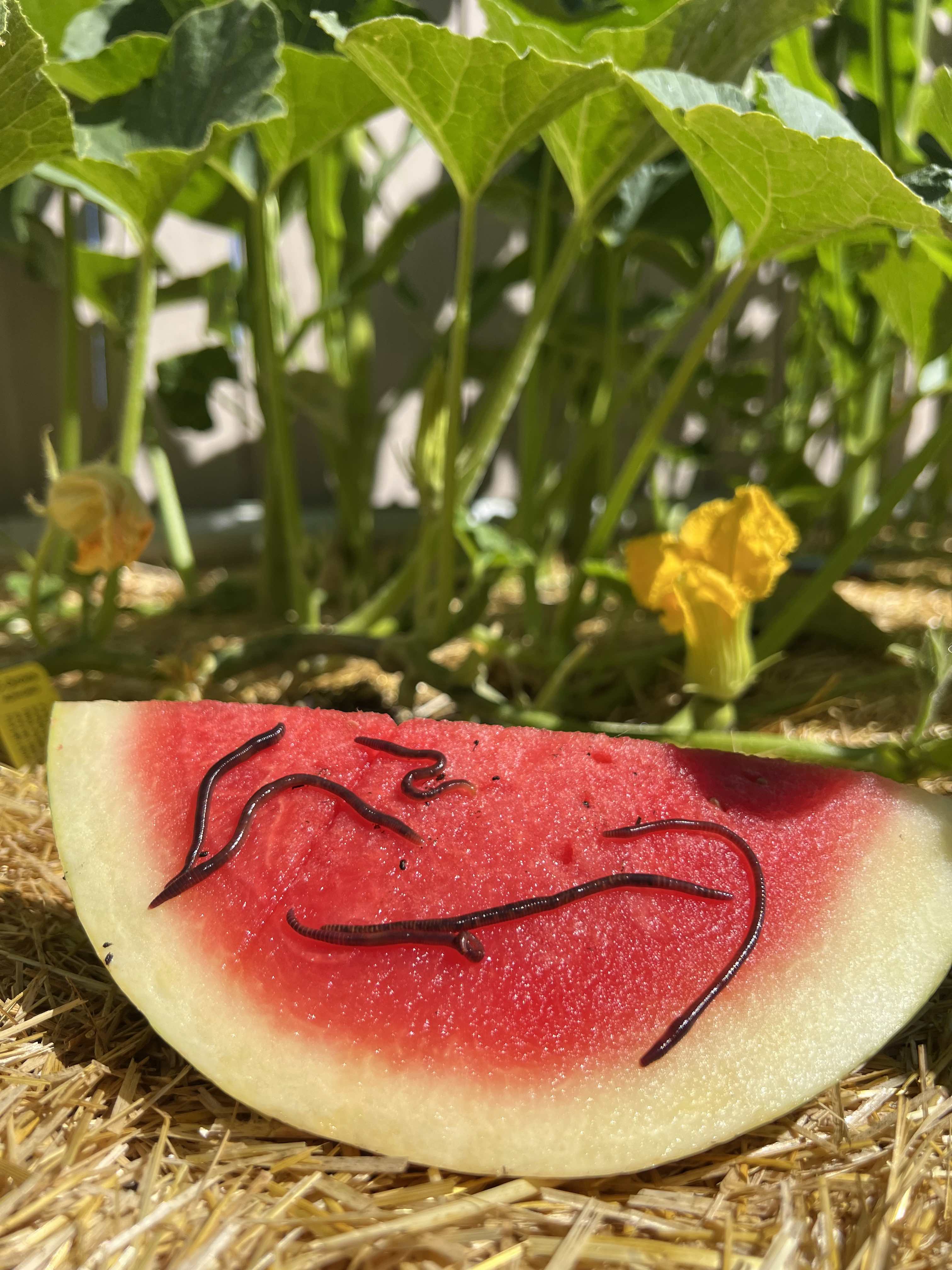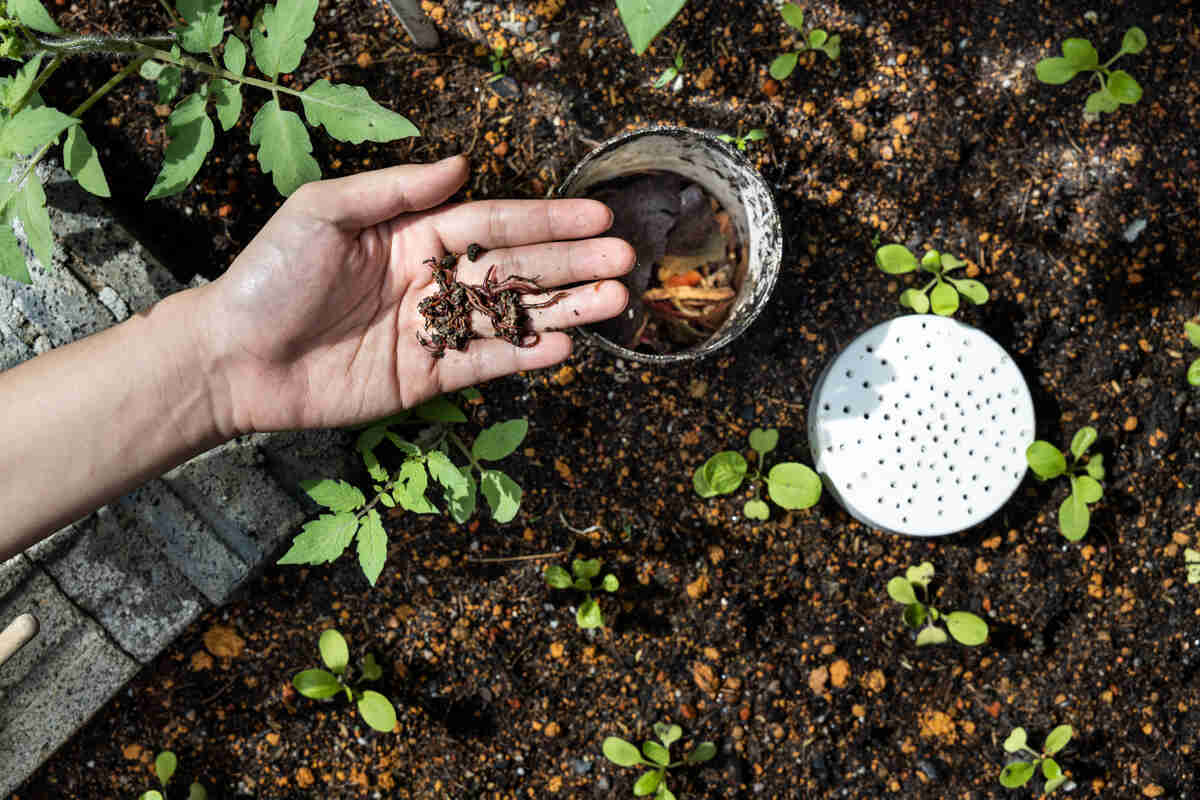Red Wiggler Express Fundamentals Explained
Little Known Questions About Red Wiggler Express.
Table of ContentsThe Best Guide To Red Wiggler ExpressHow Red Wiggler Express can Save You Time, Stress, and Money.All About Red Wiggler ExpressAbout Red Wiggler Express
Vermicomposting certainly isn't a new technique. We've been doing it below at Uncle Jim's for decades. With the global press for sustainability and with green methods expanding in appeal, individuals are finally coming around and recognizing the ecological benefits of red wiggler worms and composting. In this post, we'll discuss exactly how vermicomposting sustains sustainable gardening and the environmental advantages of red wigglers and various other earthworms.
This is the except it. If you desire to review in-depth about red wiggles, we have an entire article dedicated to them here. Currently, let's get involved in the fundamentals of exactly how these worms sustain lasting horticulture techniques and benefit the environment: Worm composting resembles a day spa day for your soil.
When included right into your garden dirt, these castings improve its framework, aeration, and water retention. This aids with plant growth and wellness and does not need using any chemicals. Did you recognize that natural waste comprises a considerable portion of landfill product? And decomposing natural waste in garbage dumps creates big amounts of land fill gas (LFG), which is included around 50% carbon dioxide and 50% methane a greenhouse gas approximately 28 even more powerful than carbon dioxide.
By diverting your kitchen area scraps and backyard waste into a worm composting container, you're effectively decreasing the quantity of organic waste that ends up in garbage dumps. Neglect about chemical fertilizers worm spreadings are the real bargain.
The Red Wiggler Express Statements

Mix the nutrient-rich worm spreadings right into your garden soil or use them as a leading dressing for potted plants. In a globe where sustainability is ending up being progressively important, red wigglers shine as unhonored heroes of horticulture.
Composting may seem like old news, yet doing it with a container complete of worms possibly does not. Red wiggler worms provide terrific advantages to the organic gardener, generating both a natural plant food and an efficient pesticide.
Worm castings might be acquired at shops such as SBS in Vineyard Sanctuary or Winery Gardens in West Tisbury, but to elevate the worms in a garden compost bed and harvest your very own castings is a lot more enjoyable. The job of these worms is a component of sustainable living. Red wigglers are indigenous to steed manure, where they tunnel to lay eggs.
10 Easy Facts About Red Wiggler Express Described
(http://www.salespider.com/p-26135264/red-wiggler-express)He covers the container with straw, after that an item of old rug. Lynn explains the production of castings and two uses: as a plant food and as a pesticide. It passes through them and includes calcium to make this rich planet," she claims.
"We call it gold tea," says Lynn. "I did it to see if it would make a distinction on white flies and aphids. My rosemary had a mold and mildew or fungi. After I sprayed, instantly it looked much better." The red wiggler is a vast breeder, laying eggs as commonly as when a week.
It takes 3 to five months for an infant worm to reach sexual maturity and the grown-up length of three inches. Their lifetime is 4 to five years unless of training course they are made use of for bait. As freshwater fish bait, wigglers wriggle on the hook and make it through undersea longer than standard earthworms.

The Only Guide to Red Wiggler Express

A number of years ago the Stelle family members relocated into an Edgartown fixer-upper farm. "I wanted to get involved in farming with points that really did not need to be had a tendency to daily like a cow. We were presented to worm farming and started with 50,000 worms. That seems like a whole lot, however they're really small." She initially purchased her worms online from a worm ranch in Vermont.
As one of the Epigeic course of garden compost worms, the usually does not appear in soils. Rather, it grows within the dirts of ground covers, manure, and decomposing greenery. The worm is red or reddish-brown in shade and has a smooth, cylindrical shape. The clitellum, or saddle-like reproductive gland, lies regarding two-thirds of the way down the worm's body.
A red wiggler worm can grow up to 4 inches in length yet is typically just regarding two and a fifty percent inches. The worm has a small mouth located at the front of its head. It likewise has tiny bristles, called setae, which assist the worm step and support itself to surface areas.
